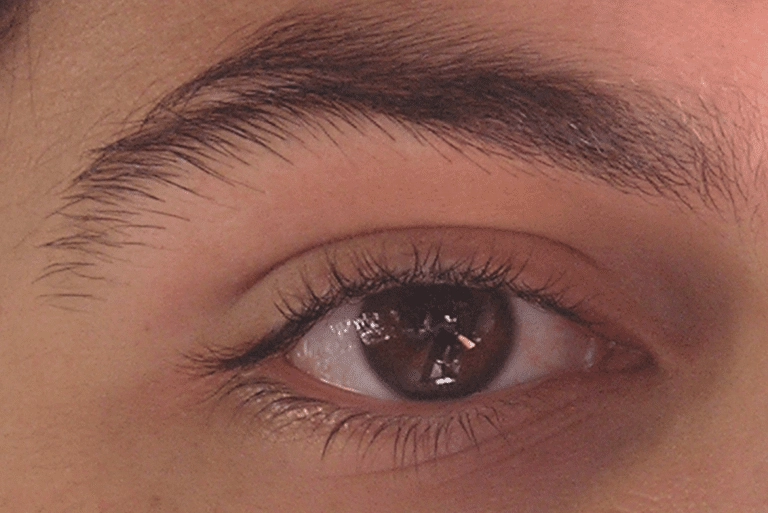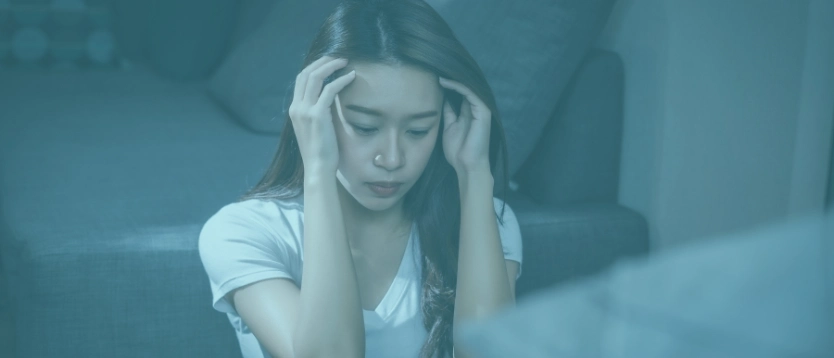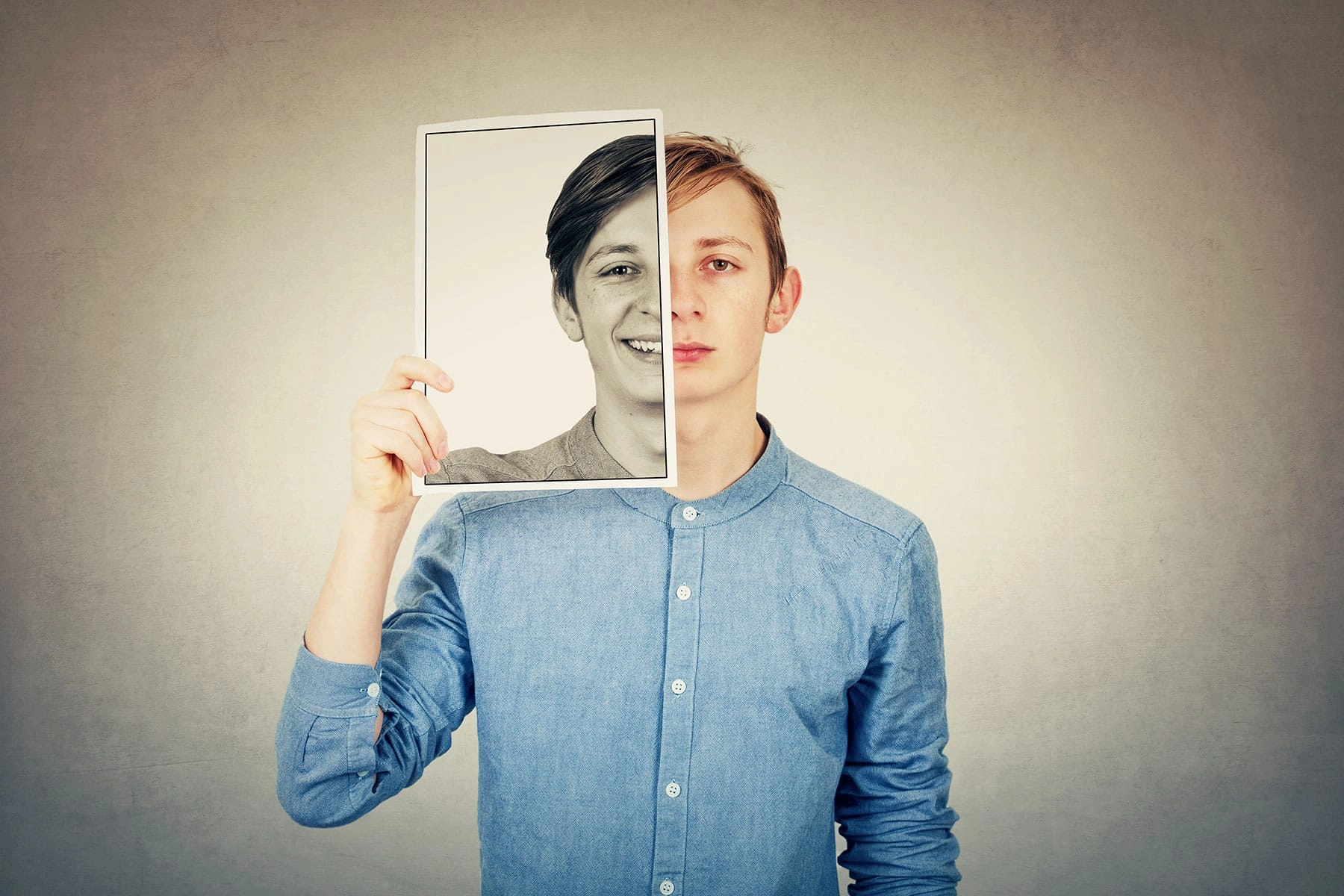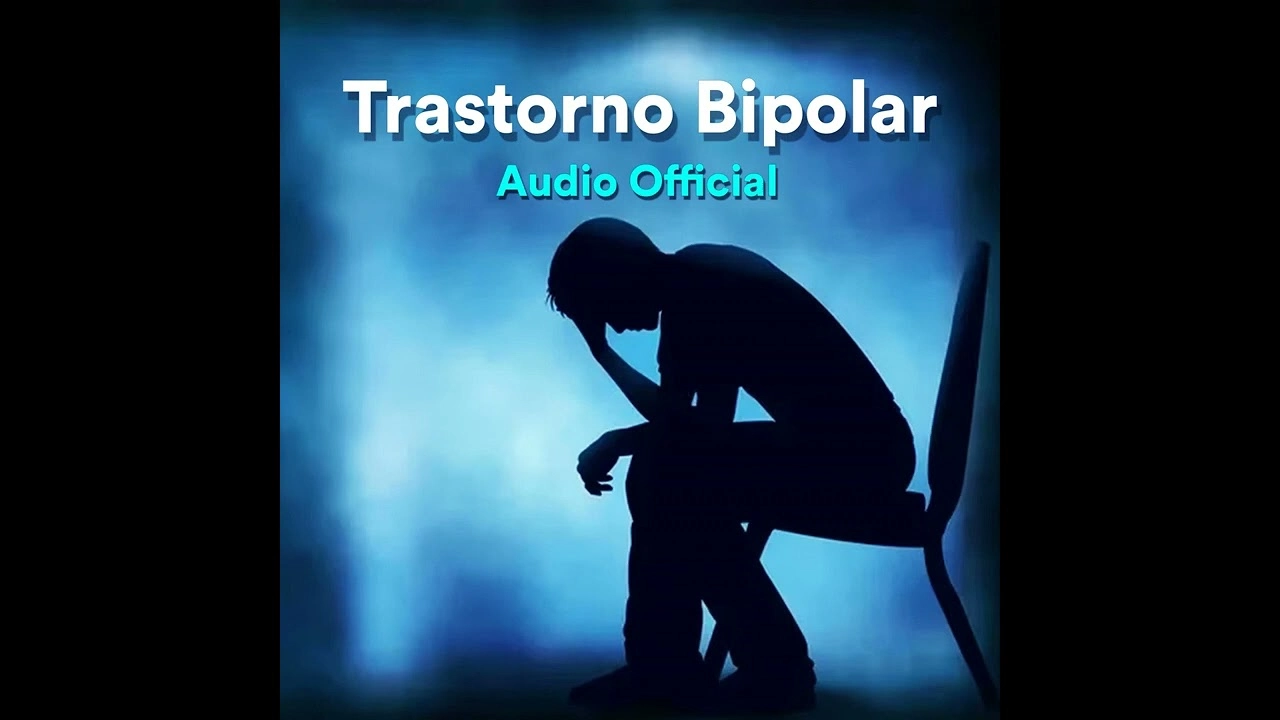Bipolar Eyes: In certain instances, bipolar disorder may have an impact on the eyes. This should not be interpreted as an indication in and of itself, though, as it is not always the case for all individuals with the illness. The symptoms of bipolar disorder, a complicated mental illness, can vary greatly.

Manic episodes, a symptom of bipolar 1 disorder, can occur in a person with bipolar illness. According to certain theories, you might be able to spot mania in someone’s eyes.
Even though their eyes might appear unusual, this is the body’s normal reaction to mania or hypomania symptoms, which can result in heightened energy and psychotic symptoms.
What Are Bipolar Eyes?
Numerous accounts indicate that bipolar disorder can alter eye appearance, typically by influencing gaze, pupil dilation, and even eye color.
- Some examples of so-called bipolar eyes are:
- pupils that are dilated
- Eyes that seem more liquid than normal or “sparkling“
- eyes that become black or change hue
- eyes that were either enlarged or narrowed, depending on the kind of insanity
Some claim that a squinting or constricted gaze is a symptom of dysphoric mania, a mood condition that combines aspects of despair and mania.
You may also hear these purported eye changes referred to as “manic eyes” since they occur during manic episodes.
Do Eyes Actually Change During Mood Episodes?
Increased energy, restlessness, and excitability are common symptoms of mania in many people. These changes in mood can undoubtedly be seen in the eyes. For instance, excitement may cause eyes to widen or appear to dazzle and shine.
There is more to bipolar disorder than just a lot of energy and excitement. Manic episodes can also result in psychotic symptoms, such as delusions or hallucinations. Pupils may dilate in reaction to delusions and hallucinations because they can seem frightening.
Although noradrenaline and adrenaline are not exactly the same, stress, trauma, and fear can cause the body to generate more of either.
Pupil dilatation may result from the production of this hormone. It’s true that during a mood episode, some bipolar illness sufferers (or those close to them) may observe changes in their eyes.
However, this assumption can be detrimental, if not harmful, because it may not be true for everyone. For instance:
You could put off getting help and therapy from a professional if you think you might have bipolar disorder but don’t observe any changes in your eyes.
Perhaps you can tell when a loved one is experiencing a mood swing by observing changes in their eyes. You might think they’re fine and overlook other important indicators if you don’t see any changes in color or sparkle.
Features that are mixed Mood episodes include signs of despair and mania, including:
- excessive vitality and restlessness combined with a depressed mood
- Anger and irritation coupled with frantic speech and rushing thoughts
- unable to stop laughing in spite of feeling hopeless or unworthy
These feelings could seem more overwhelming and challenging to control. Eyes and other facial expressions can convey anger and impatience. Some people’s faces are just more expressive than others’.
Remember that many commonplace events might evoke sentiments like dread, wrath, or exhilaration. Regardless of whether they are experiencing a mood episode or not, people with bipolar disorder might still feel these typical emotions.
Sleeping patterns might also vary as a result of depression or mania, which may have an impact on the eyes. For instance:
- A person who experiences constant fatigue and exhaustion may find it difficult to concentrate and maintain eye contact.
- A person who doesn’t get enough sleep may blink more frequently and have more bloodshot eyes as a result of dry eyes.
Till now, no scientific studies have explored changes in eye color or shape as a result of bipolar disorder. In other words, no actual proof supports these anecdotes.
What About Eye Movements?
There is some proofs to suggest bipolar disorder can involve changes in eye movements.
Saccadic Eye Movements
A review of research conducted in 2013 Numerous studies investigating the connection between psychiatric disorders and saccadic eye movements were taken into consideration by Trusted Source.
Quick, abrupt movements that shift the focus of the eyes, usually in the direction of an item of interest, are known as saccadic eye movements. Although these motions are frequently reflexive, they can also be purposeful.
For instance, you move in these ways when you:
- Go through a book.
- Navigate a store to locate the desired department.
- react to an abruptly loud sound
Experts acknowledge that certain mental illnesses, such as schizophrenia, are frequently characterized by abnormal saccadic eye movements. dependable source and depression reliable source.
Bipolar disorder patients were included in a number of the reviews that were assessed. According to certain findings, anti-saccadic eye movements—that is, movements away from the focus—tend to be more difficult for those who have the disorder.
For instance, when comparing individuals with bipolar disorder to controls, researchers saw more errors and a longer reaction time. However, the majority of the studies were quite small, and further research is required.
Vergence Eye Movements
In a 2022 study, 25 control participants and 32 adults with bipolar disorder were compared to examine variations in vergence eye movements. Your eyes will line up with an object of interest if you use vergence eye movements.
The results imply that vergence eye movements are more likely to be erroneous in bipolar illness patients. Additionally, they appear to have more erratic saccadic eye movements, such as “catchup saccades,” which aid a slow-moving gaze in catching up with the object of interest.
This could appear to an observer as quick eye movements or quick eye motions in several directions.
The authors of the study also pointed out that individuals with bipolar disorder for a longer duration can exhibit more abnormalities in these eye movements.
Other Bipolar Disorder Myths

There is currently no scientific proof that individuals with bipolar disorder exhibit any discernible or evident variations in the color or shape of their eyes. The concept of “bipolar eyes” is a part of the well-worn misconceptions surrounding bipolar disorder. Here are some additional myths you might have come across.
Myth: Bipolar Disorder Always Involves Manic Episodes
The truth is that bipolar 1 can only be diagnosed with manic episodes. Hypomania, which may not be as obvious in other forms of bipolar disorder, can occur in people you don’t know well.
Myth: Mood episodes always happen rapidly
Truth: While some people experience one or two mood episodes year, others may experience multiple episodes at once.
Additionally, instead of experiencing a rapid “swing” into mania or depression, they could experience progressive changes in their mood and energy levels for a few days before to the episode.
Myth: Mania feels good
Truth: You might think that being on top of the world, so to speak, feels thrilling, even enjoyable, if mania is the “high” emotional state. However, mania also signifies a loss of control, thus it is impossible to merely “calm down” or stop the energy surge.
Mania may result in:
- Taking chances
- rash choices
- heightened irritation
Any of these may have an impact on daily life and relationships. Psychotic symptoms can also accompany mania, and they can be quite upsetting.
The Bottom Line
Certain eye movement abnormalities in bipolar disorder patients have received little support from experts. Furthermore, you may notice subtle changes in someone’s gaze or facial expressions if you know them well.
Generally speaking, however, the average person does not notice these distinctions. It’s usually much more beneficial to focus on mood swings rather than eye movements while trying to support a friend or loved one who has bipolar disorder.







